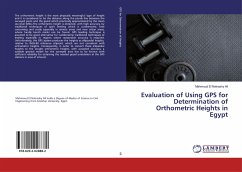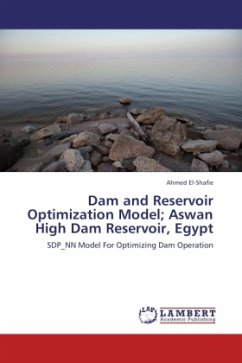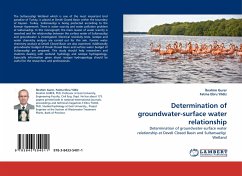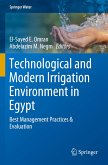The orthometric height is the most physically meaningful type of height and it is considered to be the distance along the plumb line between the surveyed point and the geoid which practically approximated by the mean sea level (MSL).The orthometric height is obtained, with high accuracy, by traditional techniques of spirit leveling which is cumbersome, time consuming and costly especially in remote areas and new urban areas, where hardly bench marks can be found. GPS leveling technique is assumed to be good alternative for cumbersome traditional techniques of leveling especially in regions where reasonable accuracy is required. Unfortunately, the GPS system produces the heights as ellipsoidal heights, relative to WGS-84 reference ellipsoid, which are not consistent with orthometric heights. Consequently, in order to convert these ellipsoidal heights to the sought orthometric heights, with accepted accuracy, a suitable geoidal model for the surveyed area has to be known with sufficient reliability for obtaining the needed geoid undulation at the GPS stations in area of interest.
Bitte wählen Sie Ihr Anliegen aus.
Rechnungen
Retourenschein anfordern
Bestellstatus
Storno








